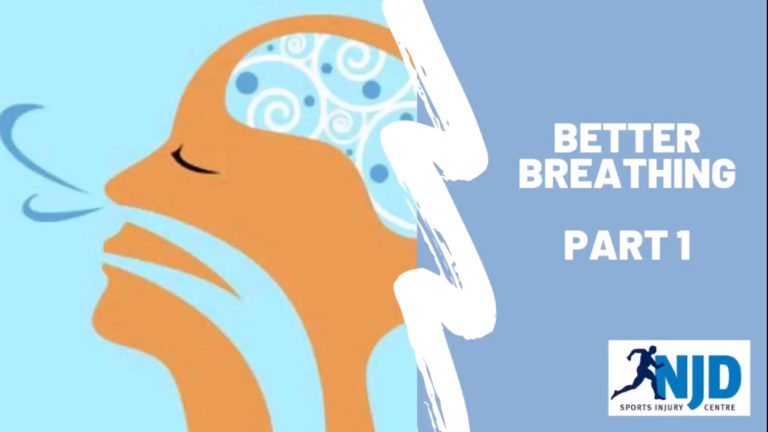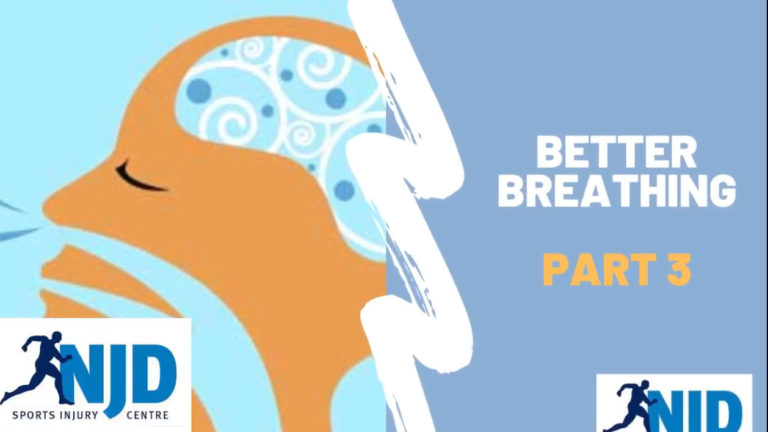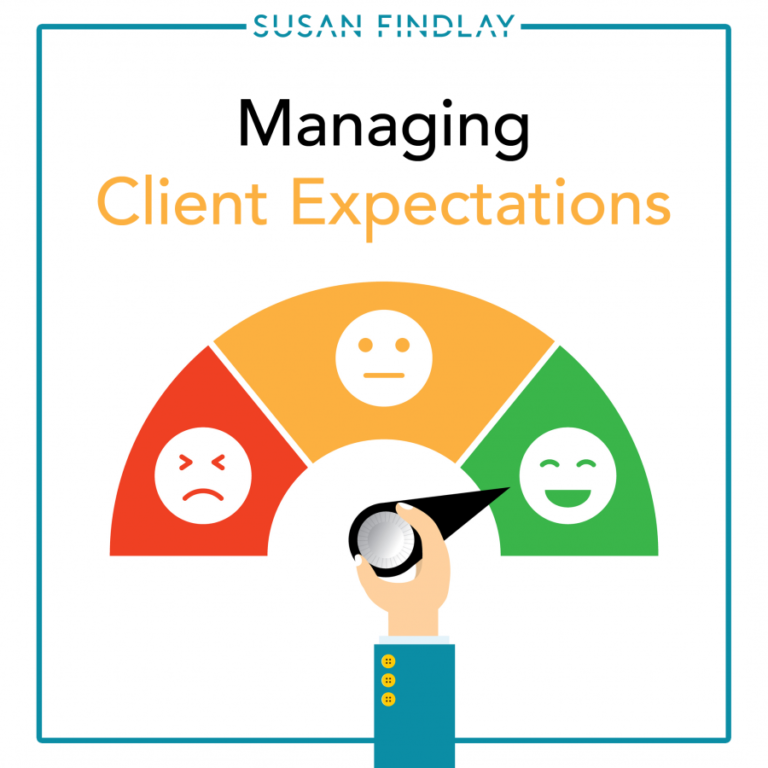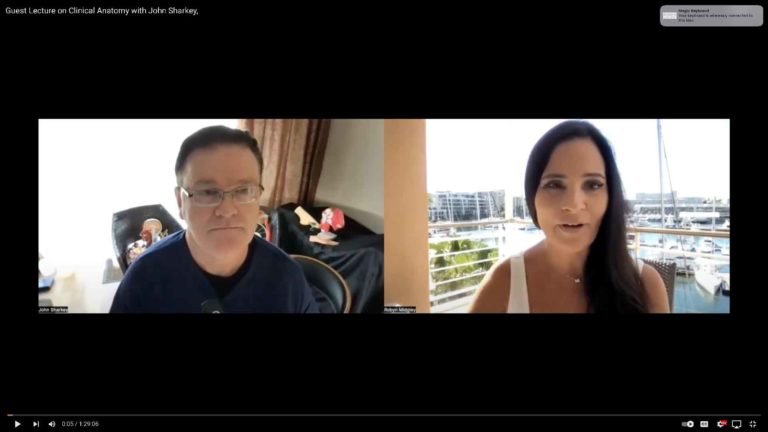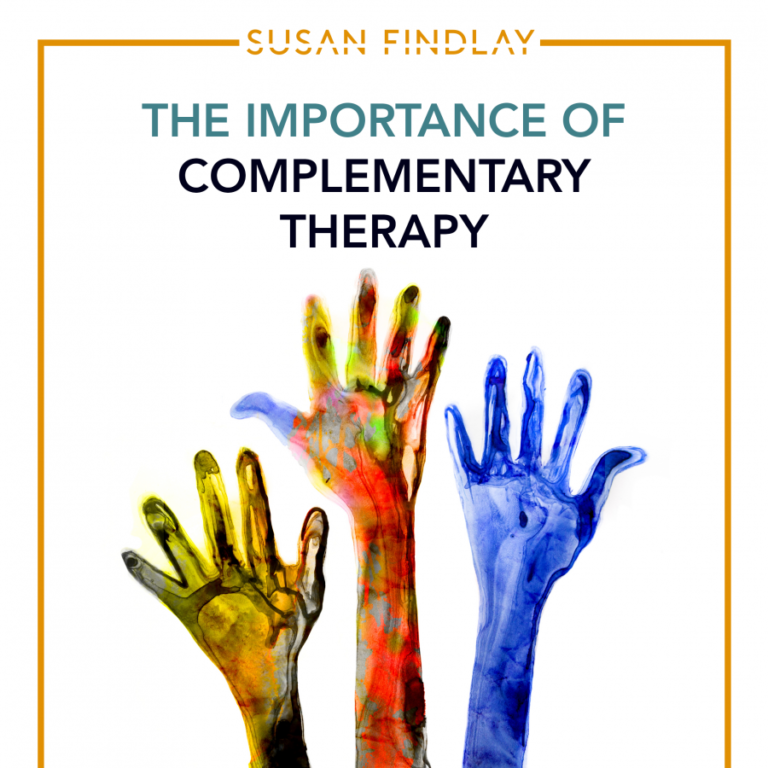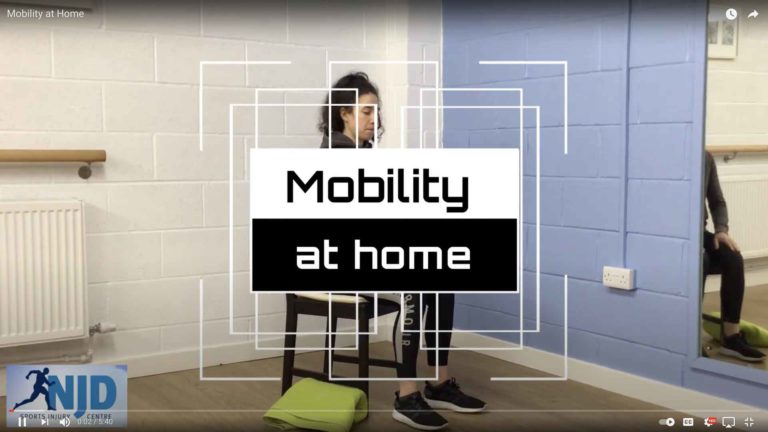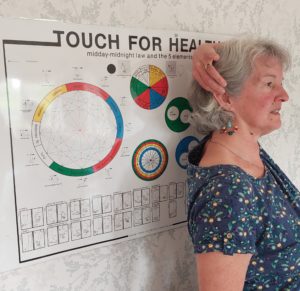
Early on in my remedial massage career, I noticed that clients/patients who had neck and shoulder tension and difficulty in turning their head, also had hearing problems, especially tinnitus.
The medical term for the outer ear is the auricle or pinna, this also links to acupuncture points that connect to the whole of the body.
I was delighted to consequently learn this Touch for Health/Kinesiology application that helped with these issues. This technique is taught in TFH level 1.
Background Information
The eyes move in the direction of a visual target, and the Ear turns in the direction of a sound. The proprioceptors in the neck muscles trigger the brain to switch on one ear or the other, depending on which direction the sound is coming from. The right brain has direct access to the left ear, and the left brain uses the right ear. People generally have a dominant ‘Ear’, and this links with the ability to turn their head comfortably in one direction, but the other direction feels stiff or difficult. Using this ‘Switching On’ technique helps children with learning. Reading, writing, and spelling are left brained tasks. If the learner is Right brained dominant, reading and writing may not be easy. By switching on the ears each day, a balance is achieved through brain integration to allow skills such as listening more easily, and confusion, brain fog and ‘switching off’ may be reduced.
Balance
A kinesiologist or TFHer would use muscle testing/monitoring to ascertain directly what is required to help a person, however I teach this as a Self -Help technique.
Self – Help or Bodyworkers
Ask a person to turn the head gently to the right and left and evaluate the discomfort and flexibility. It may be useful to use an Evaluation number between 1 -10.
If turning to the left is uncomfortable, with your right hand firmly take hold of the left ‘turned over’ part of the ear. This is the auricle or pinna – the outer ear. Pull firmly away from the opening of the ear with a gentle ‘tugging movement’ to look over your left shoulder. Continue around and down to the ear lobe. Some acupressure points may feel sore, continue to massage, and unfurl the ear auricle. I always give the sore points an extra rub/tug/unfurl.
If turning to the right is uncomfortable, with your left hand firmly take hold of the right ‘turned over’ part of the ear. This is the auricle or pinna – the outer ear. Pull firmly away from the opening of the ear with a gentle ‘tugging movement’ to look over your right shoulder. Continue around and down to the ear lobe. Some acupressure points may feel sore, continue to massage, and unfurl the ear auricle. I always give the sore points an extra rub/tug/unfurl.
If a person has difficulty raising an arm to get to their ear, I encourage them to raise their arm against a wall, then lean into the wall, which pushes their arm further towards their ear – and helps to move the scapula, a double whammy!
I recommend doing both ears, which you may do together, right hand to right ear and vice versa.
Now ask the person to gently turn their head to the left and right. How does the neck turning/discomfort feel now? What number is the evaluation?
I recommend people do this every day. This is because when you sleep at night on your pillow your ‘crumple’ up your ears…so in the morning give them a ‘tug’ on both sides.
This is extremely useful to use, when you feel tired, or losing the ability to focus, working on your laptop for long periods – losing concentration, tension in the neck, shoulders, and hearing issues. The ears seem to function as antennae to draw energy and sound into the ears and body. Teach children to ‘switch on their ears’ as well, before school is useful, especially those with learning difficulties with reading, writing, and listening to stories.
People whose jobs involve turning their heads in one direction all the time can also benefit, such as taxi or truck drivers, checkout operators and sitting at your keyboard or laptops.
A fellow Chiropractor also uses ear tugging/pulling to help with the Temporomandibular Joint (TMJ) and to help ease jaw, ear, and temple pain.
The standard TFH protocol is to use this exercise with the range of motion of turning the head. However, ‘ear tugging’ may help with any range of motion. Try turning at the hips, or a stretch…like touching your toes. It is also helpful with restoring the range of any injured muscle.
Try this application and see what results you get…please let me have any feedback via fb or by emailing me…rachelpbck@gmail.com
References
Thie, John, DC, 2005, The Complete Edition Touch for Health, A Practical Guide to Natural Health With Acupressure Touch, Camarillo CA. www.devorss.com
Dennison, Paul.E, Ph.D,1981, Switching On, Edu-Kinesthetics,Inc, Ventura CA
Not joined up yet?
There’s plenty of reasons to join the LCSP Register
Insurance Partners
Our dedicated team can tailor individual policies to suit your specific needs
Workshops
Keep your skills up to date with CPD Workshops and courses
Business Support
Advice tailored to working in the private sector
Find a Therapist
Our directory of therapists searchable by the general public
Welfare Officer
Supporting members who may have situations of difficulty where they need assistance, guidance or reassurance.

